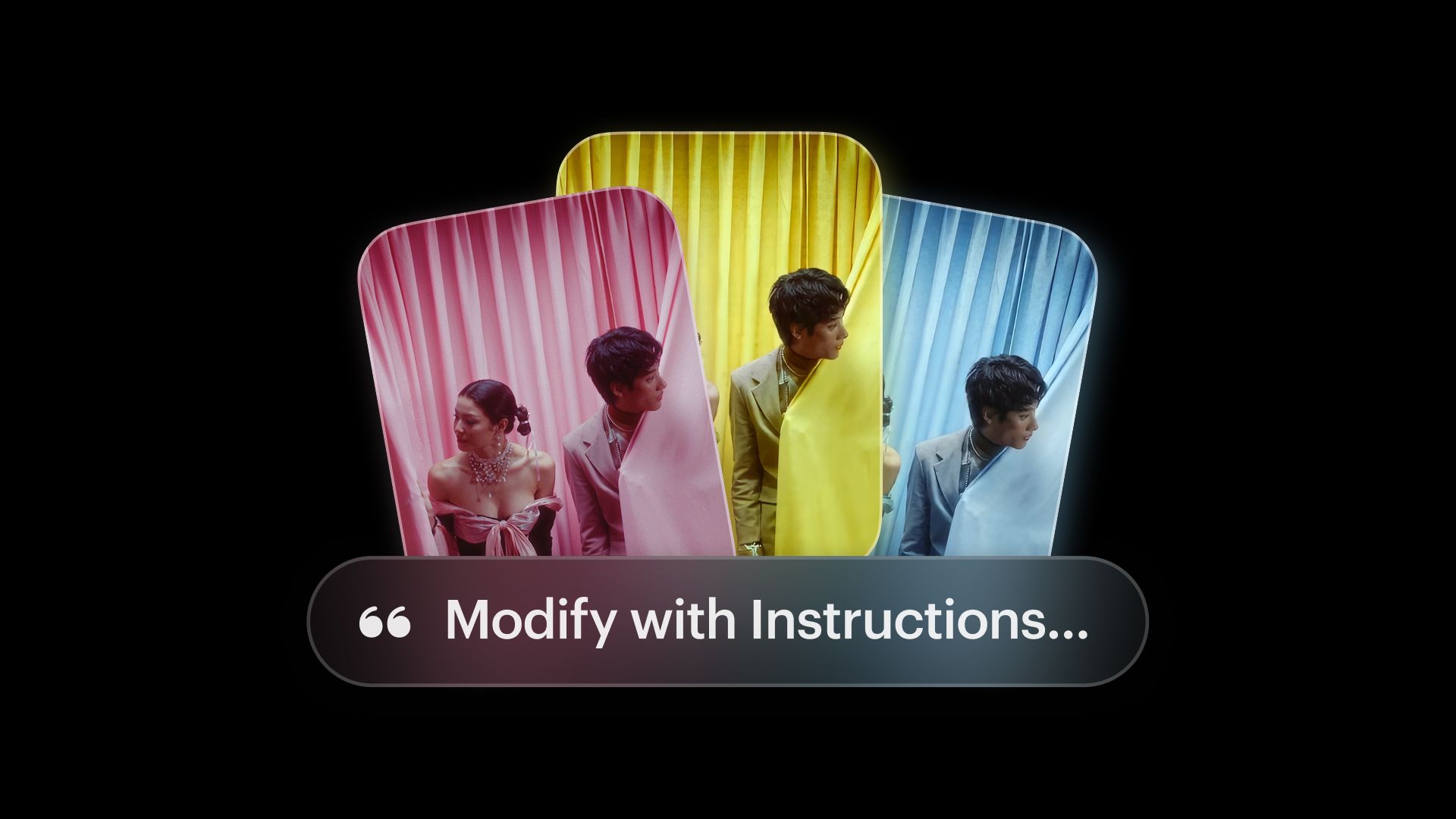Luma AI Unveils Cutting-Edge AI Video Editing Tools for Effortless Content Creation and Control

Revolutionizing Video Editing: Luma AI Introduces Advanced AI-Driven Tools
Luma AI, a rapidly emerging innovator in artificial intelligence technologies, has unveiled a new suite of video editing capabilities that follow the trajectory set by earlier pioneering platforms in the AI media space. This latest development aims to offer creators an unprecedented level of control over video content through intuitive, language-driven commands.
The newly introduced feature focuses on enabling users to seamlessly alter visual elements within a video frame by simply describing their desired changes. This approach marks a significant shift from traditional, manual frame-by-frame editing. The functionalities encompass modifying objects, swapping backgrounds, simulating environmental effects, and tailoring the look of characters — all through straightforward textual instructions.
Access to this cutting-edge toolkit will initially be available to subscribing users, positioning the platform at the forefront of AI-enabled multimedia creation tools. The emphasis on subscriber-based early access reflects a strategic rollout designed to refine usability while gathering user feedback from a dedicated community.
Foundations and Evolution of AI Video Editing
The emergence of AI in video post-production represents a pivotal transformation in creative workflows. Previously the domain of highly skilled professionals using complex software, editing tasks are increasingly augmented or automated by intelligent algorithms. Luma AI’s new feature builds on this lineage by integrating generative and editing technologies that translate natural language inputs directly into visual outputs.
At its core, this innovation leverages advances in computer vision, natural language processing, and neural rendering to reinterpret textual prompts as precise video layer adjustments. It effectively democratizes video modification, allowing users without specialist training to undertake sophisticated edits that traditionally required technical expertise and significant time investment.
Earlier milestones in this field include the ability to synthesize frames from scratch and manipulate static images using AI. The current expansion toward dynamic video frames and scene consistency signals a maturation of the technology, moving from isolated edits to coherent cinematic sequences that maintain narrative continuity.
Technical Highlights and User Empowerment
The strength of this system lies in its capacity to intelligently detect and isolate elements within a scene, responding to prompts by altering or replacing them with contextual awareness. For example, an instruction to change the weather inside a video not only adds atmospheric effects but also ensures that lighting, reflections, and character interactions remain realistic.
Such sophistication arises from machine learning models trained on diverse datasets encompassing objects, environments, and character morphologies, enabling nuanced interpretation of user commands. The editor's ability to adjust character traits—whether facial features, clothing, or posture—introduces a highly personalized dimension to content creation.
This text-driven flexibility accelerates creative iterations, as changes can be implemented rapidly without re-capturing footage or resorting to time-consuming manual retouching. This fluidity ideally benefits advertisers, filmmakers, and content creators working under tight deadlines yet demanding high production values.
Industry Context and Competitive Position
Luma AI’s move comes on the heels of prior platforms that laid groundwork for AI-based video generation and editing, offering foundational tools that merged photorealism with automated post-production techniques. The current enhancements push the envelope by marrying generative AI’s creative powers with director-grade control traditionally reserved for complex editing suites.
While the broader industry continues to explore intelligent automation for video workflows, this approach emphasizes a human-centric interface where language serves as the bridge between creative vision and technical execution. By enabling users to articulate precisely what they want to see, the technology reduces friction and unlocks inventive potential for a wide spectrum of video production tasks.
Early access for paying patrons suggests a phased adoption strategy, potentially allowing for iterative improvements informed by real-world use. This aligns with best practices in deploying novel AI systems, ensuring robustness, usability, and alignment with user needs before broader availability.
Implications for Content Creation and Future Prospects
The introduction of such text-responsive video editing tools signifies a paradigm shift, unlocking new creative avenues while optimizing resource allocation in video production. The ability to replace, enhance, or entirely reimagine visual components on demand accelerates the content lifecycle, facilitating faster turnaround times and richer visual storytelling.
Looking ahead, further integration of AI-powered editing tools could see increasing incorporation of contextual scene understanding, allowing dynamic, adaptive changes as narrative demands evolve. This could ultimately support fully autonomous video editing environments guided by human creativity yet powered by machine intelligence.
In summary, this latest innovation marks a significant milestone in AI-assisted video editing by delivering accessible yet powerful means to transform and personalize moving images through the simplicity of descriptive input. As adoption expands, it will be interesting to observe how this technology reshapes creative workflows and broadens the horizon of visual content production.
